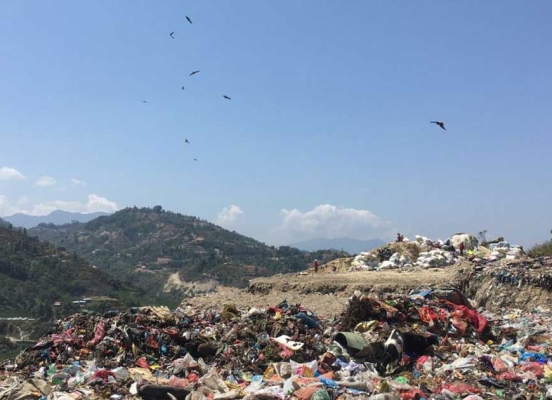Plastic Waste Management: Turning Challenges into Opportunities
Plastics not only are enduring, lightweight, and available at low prices but also have very good thermal and electrical insulation properties. The versatile properties of various plastic polymers— being water-resistant, non-porous, ductile, and malleable—make them suitable for manufacturing a wide range of products that also bring medical and technological advances in our modern society.
Statistics reveal that plastic production around the world has increased from 1.5 million tonnes per year as reported in 1950 to 359 million tonnes per year in 2018 (Garside 2019). About 40% of the global plastic is consumed by the packaging industry (Trade Promotion Council of India 2019). India consumed around 18.45 million tonnes of plastics in 2018–19 (PlastIndia, 2019).
One of the consequences of using excess plastics is the generation of plastic waste, especially through products that are of single-use. The Central Pollution Control Board (CPCB) estimated that in 2017, Indian cities generated about 9.47 million tonnes of plastic waste. This was because roughly 70% of the plastic packaging products are converted to waste in a short span of time (CPCB 2018, MoHUA2019). Plastic waste generation is expected to increase to 31.4 million tonnes by 2031 and further to 55 million tonnes by 2041 (Statista 2019), thus showcasing an urgent need to address the concerns from the growing plastic waste in our country.
The invention of plastics came as a blessing, but single-use plastics or those uneconomical for collection and recycling, in association with lack of awareness and poor solid waste management in cities, has resulted in its littering and finally reaching the marine environment from land-based sources. There are still challenges associated with the recycling of collected plastics, as well as environmental challenges associated with mismanaged plastics.

